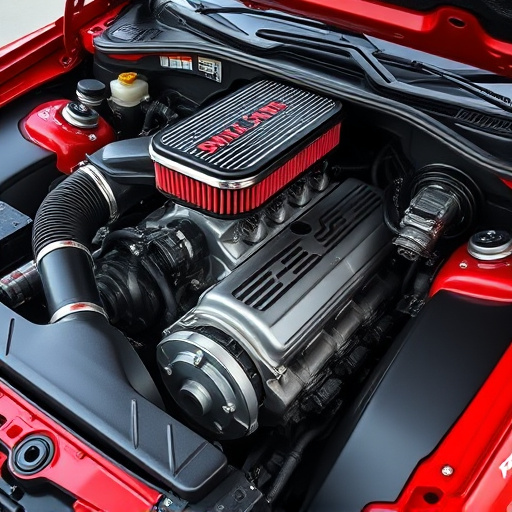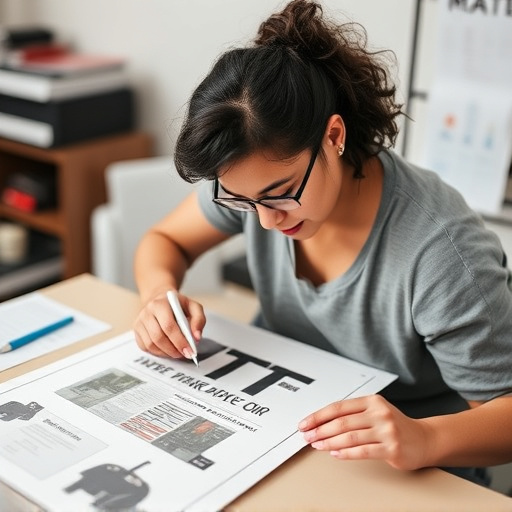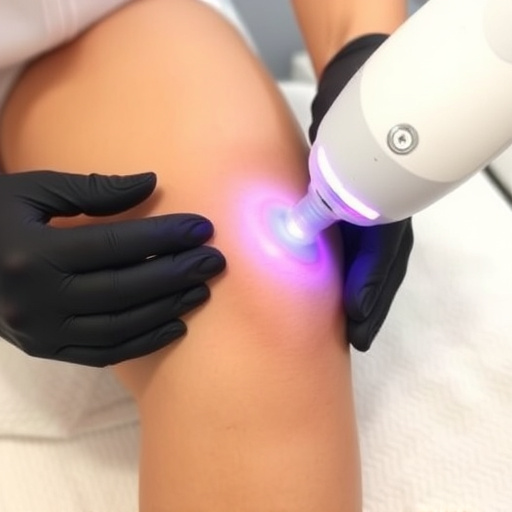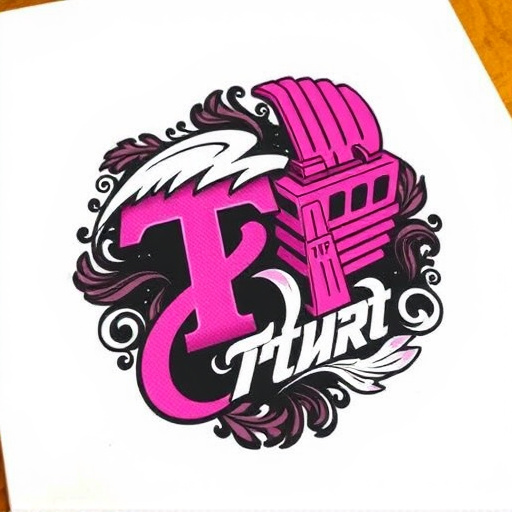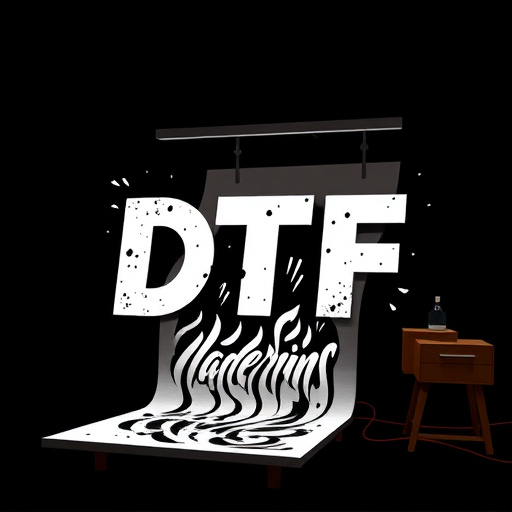The DTF Heat Press is a cutting-edge garment printing technology that ensures precise control over heat and pressure during direct-to-garment (DTF) transfers, making it suitable for various materials from delicate fabrics to thicker items. Optimal settings for time, temperature, and pressure are key to achieving high-quality prints while preventing issues like warping or burning. Skilled technicians balance these variables through experimentation and guidelines, delivering consistent excellence with regular maintenance and documentation as crucial practices. For specialized applications, precise control over DTF Heat Press parameters is essential for producing detailed, vibrant products.
Unleash the full potential of your DTF Heat Press with this comprehensive guide. Learn the ins and outs of this versatile tool, from understanding its unique functionality and key components to mastering the art of optimizing time, temperature, and pressure for various materials. Discover advanced techniques for precise control and essential troubleshooting tips to ensure optimal results every time. Elevate your DTF Heat Press skills today!
- Understanding the DTF Heat Press: Its Functionality and Components
- Optimizing Time, Temperature, and Pressure for Diverse Materials
- Advanced Techniques for Precise Control and Troubleshooting Tips
Understanding the DTF Heat Press: Its Functionality and Components
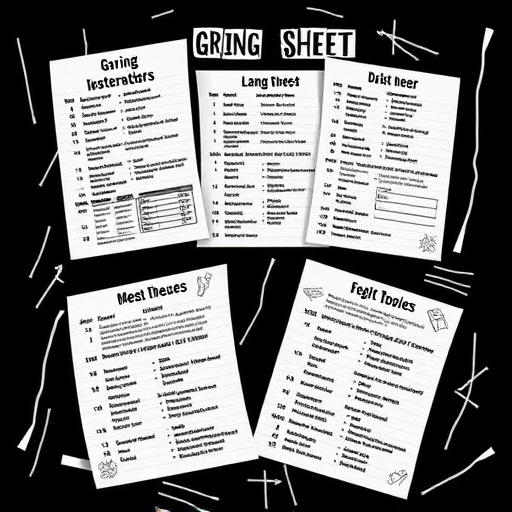
The DTF Heat Press is a cutting-edge technology designed to revolutionize the garment printing industry, offering precise and efficient control over the printing process. Its primary function is to apply heat and pressure to transfer designs onto various materials, particularly popular for printing on t-shirts and hoodies using direct-to-garment (DTF) techniques. This innovative machine consists of several key components: a heated platens, a press mechanism, and a control system.
The heated platens are the workhorse of the DTF Heat Press, responsible for delivering consistent heat to the material being printed. These platens can be customized with different temperature settings, allowing for precise control over the heat transfer process. The press mechanism ensures even pressure is applied across the design and substrate, guaranteeing a crisp, high-quality print. Moreover, the control system enables operators to adjust time, temperature, and pressure settings, making it versatile enough for various printing applications, from DTF for t-shirts to personalized hoodies, with the best DTF printer being able to offer unparalleled accuracy and precision.
Optimizing Time, Temperature, and Pressure for Diverse Materials

Optimizing your DTF Heat Press settings is key to achieving high-quality prints on a variety of materials. Time, temperature, and pressure are the three primary variables that directly impact the outcome of your direct-to-film (DTF) transfers. For instance, shorter timescales work best for delicate fabrics like silk or polyester while longer durations may be required for thicker materials such as denim. Similarly, lower temperatures are ideal for lighter garments, preventing excessive heat from damaging them, whereas higher temperatures can handle the more robust dtf for t-shirts and personalized hoodies.
Pressure plays a crucial role too. Higher pressure ensures better contact between the design and material, leading to crisp, clear prints. However, too much pressure on certain materials could cause warping or even burning. Adjusting these settings allows you to tailor your DTF Heat Press for dtf projects involving diverse substrates, from fine linens to thicker garments, ensuring each receives the perfect treatment for optimal print results.
Advanced Techniques for Precise Control and Troubleshooting Tips
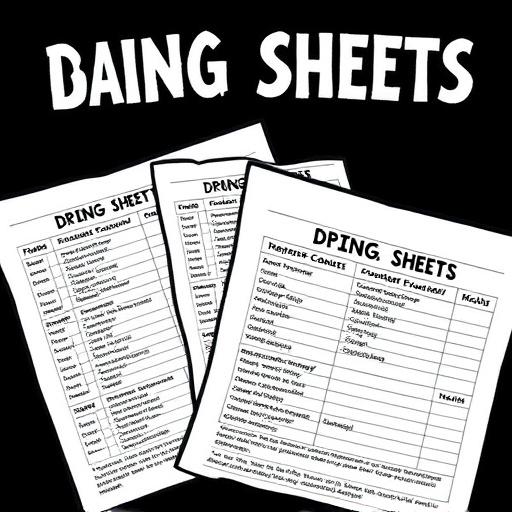
For precise control over your DTF Heat Press, understanding the intricate interplay between time, temperature, and pressure is key. Advanced technicians often employ a methodical approach to refining these parameters, aiming for optimal results with each press. Start by consulting the manufacturer’s guidelines, as they provide valuable insights specific to your machine model. Then, through trial and error, adjust settings incrementally, documenting changes for future reference. This meticulous process ensures you can reproduce consistently excellent results.
Troubleshooting tips are invaluable when navigating the art of DTF Heat Pressing. If experiencing poor transfer quality, check for inconsistencies in film application, ensure proper cleaning of the heat press plate, and verify that the pressure is evenly distributed. Issues with adhesion might stem from temperature fluctuations or an improperly prepared surface. Regular maintenance, including cleaning and calibrating your equipment, can prevent many common problems. For specialized applications like DTF for Apparel or creating direct to film personalized hoodies, precise control over these variables becomes even more critical, ultimately dictating the level of detail and vibrancy in your final products.
The DTF Heat Press offers a versatile and powerful tool for various printing needs. By understanding its components and mastering the art of time, temperature, and pressure adjustments, users can achieve exceptional results with diverse materials. This guide’s comprehensive sections have equipped readers with the knowledge to optimize their DTF Heat Press, ensuring precise control over the pressing process. Now, armed with these techniques, folks can dive into the world of precision printing and revolutionize their creations.

